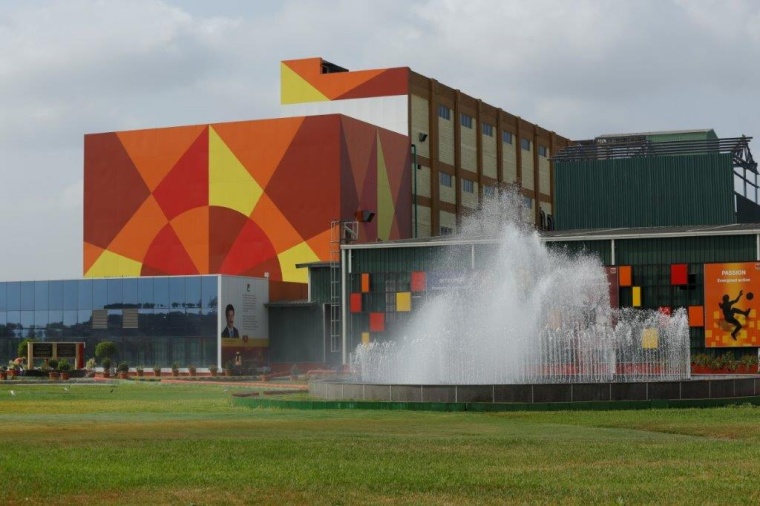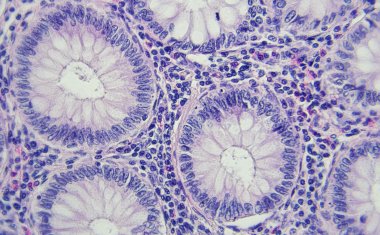India’s Grasim Industries to Enter Paints Market
The board of directors at Grasim Industries, part of Indian conglomerate Aditya Birla, has approved the company’s entry into the paints business. It has also given the go-ahead for an initial spend of 50 billion Indian rupees – equating to about $683 million – over the next three years to establish the business, which aims to become a “strong number two player” in the Indian decorative paints market.
The Mumbai-based company already has standalone businesses in chemicals and viscose staple fiber and has just sold its fertilizer business Indo Gulf Fertilisers (IGF) to Indorama India.
Grasim said it was entering the paints sector because of its “extremely strong” balance sheet, which has been further boosted by the IGF sale, as well as it being an “opportune time” to add a high growth business with consistent earnings to its portfolio.
“The foray into paints is a strategic portfolio choice for Grasim as it looks to identify new growth engines. Grasim’s strong balance sheet will facilitate this entry, which will add size, scale and diversity to its existing portfolio of established standalone businesses,” said Kumar Mangalam Birla, chairman of Aditya Birla.
The company intends to set up a pan-India presence through leveraging the distribution channels of Birla White, Aditya Birla’s construction materials arm that specializes in white cement products. There are nearly 54,000 dealers of Birla White, 70% of which also sell into the paint industry.
Grasim is currently talking to various divisions within Aditya Birla to see which locations are available to set up plants for manufacturing both water-based and oil-based paint, as well as the main raw materials. It added that it was too early to give exact timelines for the plans, which it has been preparing during the past nine to 12 months.
According to Grasim, the Indian decorative paints sector has grown about 11% during the 5 years ending 2019 and is forecast to expand at an even faster rate owing to urbanization, shortening of repainting cycles and the country’s “Housing for All” scheme, a plan to provide affordable housing to homeless or poor people by 2022.
Author: Ellaine Burridge, Freelance Journalist







